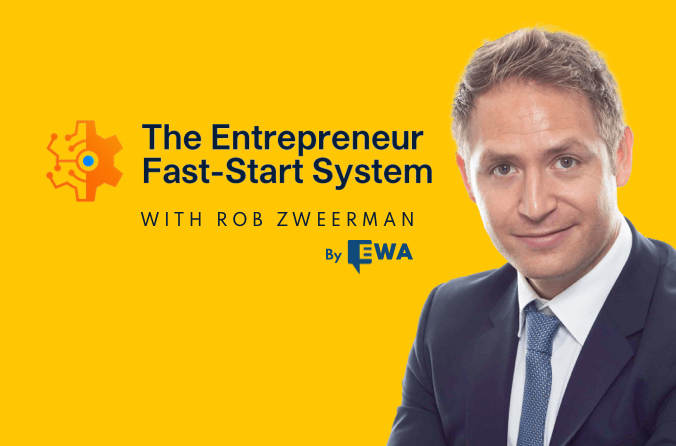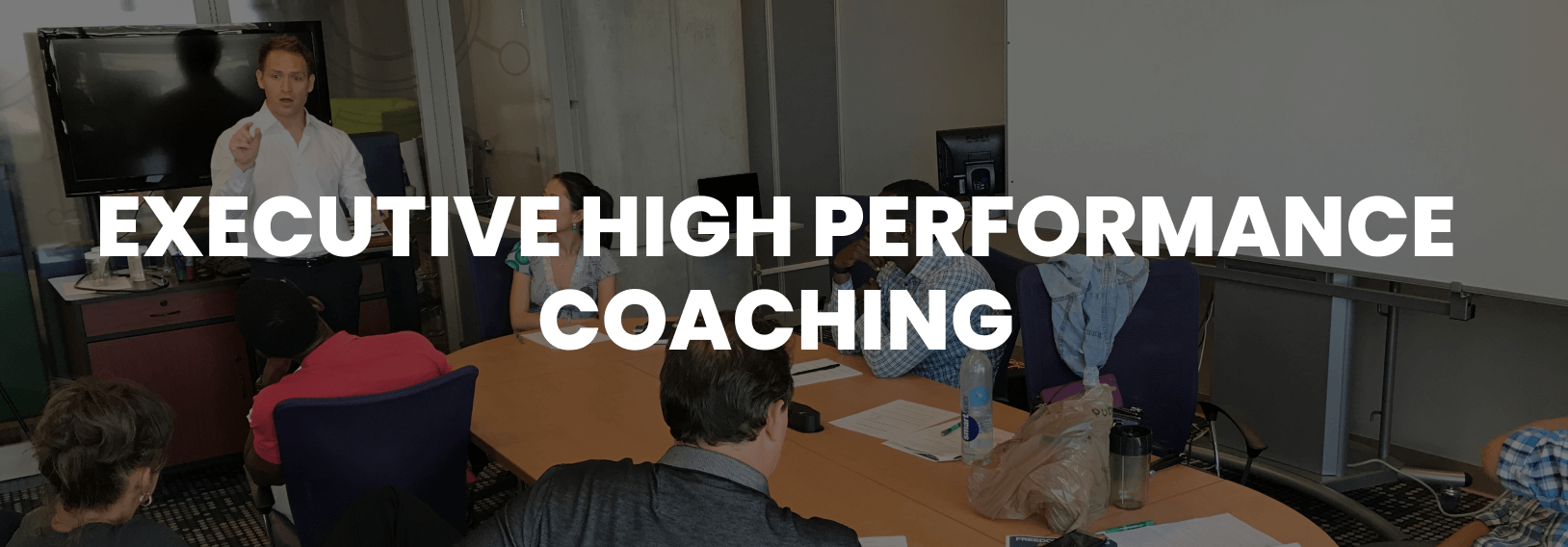4 Factors to Consider to Acquire Your Best Prospects

4 Factors to Consider to Acquire Your Best Prospects
A guide on how to navigate the closing process
One of the most important parts of sales is knowing how to determine your best prospects. Not every prospect will be the right fit. Often, business owners waste precious time chasing after potential clients and end up never sealing the deal.
I curated four significant factors to consider when identifying the right client for your business: Money, Time, Needs, and Decision. It is crucial to note that all four factors must be in place.
If even one of the factors is missing, it is time to move on to the next potential prospect!
#1 Money – what they’re willing and unwilling to pay
Money is the first and, potentially, the most significant factor. When discussing with colleagues, the question of when to mention money always seems to come up. Some people are more timid to breach the topic of money with potential buyers or clients in the beginning because they feel it is too aggressive and could scare away business. They spend their introductory period carefully courting the prospect and easing into budget-related topics.
The biggest issue with this approach is the loss of time. After spending several hours warming up to the idea of budget talks, it would be a huge letdown to find out the prospect has a much smaller budget in mind than you can work with. That is why we find the best way to discuss the topic of budget is as soon as possible.
When handling money talks with potential buyers or clients, it is imperative to remember the tremendous difference between people who are unwilling to pay versus those who can’t pay.
The business owner’s sole focus should not be on what a potential client can pay, but what they are willing to pay. It is always possible that a potential client likes what they hear and is willing to budget for future plans with your services. Scaring away prospects simply because they don’t have the money at the moment is bad for business.
Similarly to the factor of money, is the factor time.

#2 Time
When trying to determine if a client is a good fit for you, find out if they are ready to move forward immediately. Just like the money factor, time has a distinguishable difference as well. A client may not be prepared to move forward immediately, but chances are, they will be able to explain the timetable they are working on.
For example, if they are looking to alter their budget in the next three months to do business with you, you know they have a plan with a date attached. Prospects who “need to think about it” are typically never going to come through with a formal decision.
Remember, you’re a closer rather than a salesperson; you’re qualifying potential leads for your products or services. Therefore, if a prospect is hesitating, they’re not the right fit, or they need more time to build trust. In this case, building a strategy is crucial: instead of speaking about the benefits of your products or services, make it personal.
Apply your work to their issues, which will increase their awareness and their need for help.
If you are unsure about this process and how to approach it, I recommend scheduling a clarity call with my team so that we can teach you the framework that will lead more sales and a higher closing ratio.
#3 Need – the value you provide
The third factor is need. It may sound simple, but sometimes even the basics get overlooked when dollar signs are looming in the future. Unfortunately, though, if there is no need, there will be no sale. Another way of looking at it is by determining if the prospect sees value in what you have to offer.
If there is no desire for your value, then there is no need.
For example, sometimes, it may seem like a business could really use your service. However, if the business owner doesn’t see the need for it, then they won’t be willing to put up the money for something they don’t think they will need. The quickest way to decide if a prospect needs you is by determining their specific problems. If there is a problem and you can be their solution, establish a connection to show your potential value to the prospect.
The difference between a closer and a salesperson is their approach to qualify their prospect. Initiating a conversation about potential problems and how your products or services can solve their issues is an effective method to increase interest while providing value.
Not rarely is there a misconception about providing too much value for free. Many entrepreneurs fear providing too much information for free and not being left with anything to sell. However, consider this thought process:
If you already provide high-quality value for free, what kind of value would you provide once they buy your products or services?
It’s a paradox that leaves many business owners nervous. However, the concept is simple: the more value you provide for free, the more valuable you will be.
Nonetheless, If there isn’t any interest, move on. Instead of spending your time trying to make a case about why a prospect should need you, it is much more time effective to move along to someone who sees value in your business from the beginning.
Not sure how to apply these principles in your business, sign up for a free trial and get immediate access to our inner-circle training, where my team and I will teach you how to create your own client onboarding process.

#4 Decisions, Decisions, Decisions
The final factor is decision. Regardless of how much someone would love to make a deal with you, it won’t matter unless you are in contact with the final decision-maker. Even if your connection is in a managerial position, chances are they still won’t be making the final decision.
You would still need to be introduced to the correct person. Let me explain, you may have to start with speaking to people who are playing gatekeeper to the final decision maker (most likely the owner or CEO). By asking the right questions from the beginning to determine whether you’re speaking with the decision-maker, you could save yourself time and effort.
Always be kind and courteous even to the “lowest ranking” employees just for this reason: you never know who you are talking to.
Remember, if any of these four factors is missing, it is time to move on to the next prospect.
Exhausting your time and resources on “potential clients” that never seem to be able to make a decision only means you have lost valuable time that could be used to close more lucrative deals with clients who are more eager to collaborate.
Want to learn how to develop your own closing process in more depth, consider enrolling in my inner-circle coaching program. For the first time, we offer 7-days completely free, during which I will personally coach you and help you create your own efficient client onboarding system.
Reflecting on your past experiences, which factor has been causing your downfalls?
Consider reading next: Why Only A Closer Can Seal the Deal.
Want to save this for later? Click on the graphic to be directed to Pinterest.
ABOUT THE AUTHOR

Team Rob N. Zweerman
Rob N. Zweerman has been a serial entrepreneur for over 10 years, and has personally built 6 companies that have sold millions combined worth of products and services.
Rob now specializes in helping highly motivated starters and entrepreneurs double their revenue, and impact in a global marketplace in 12 months or less, without sacrificing a lifestyle of freedom following a unique approach to steady growth, and financial security.
Having worked with everyone from solopreneurs to large scale organizations, Rob has created a track record of massive results.

Choose a skill to Master
Introducing Wealth Building Courses Taught by World-Class Practitioners
Explore Course





